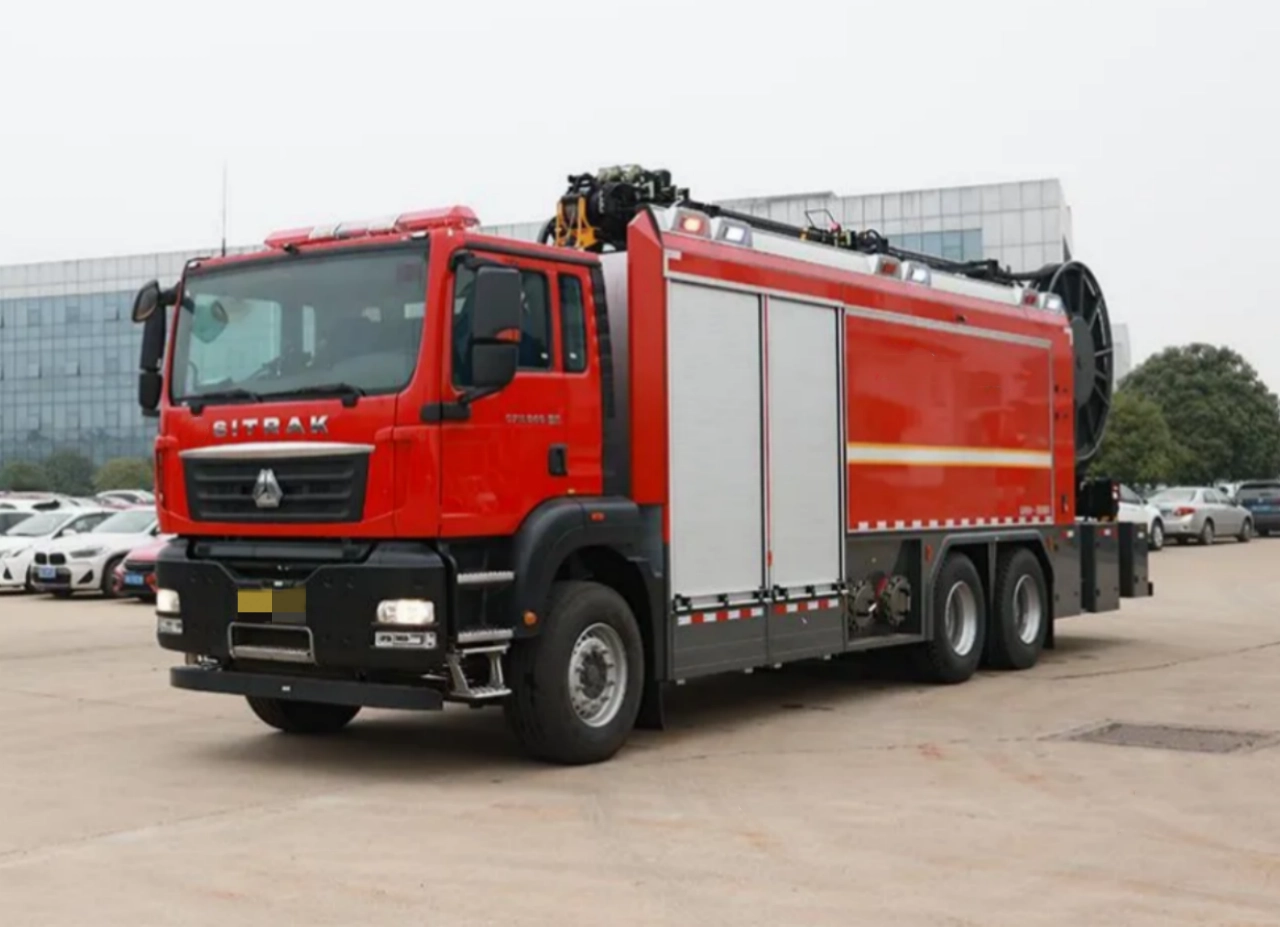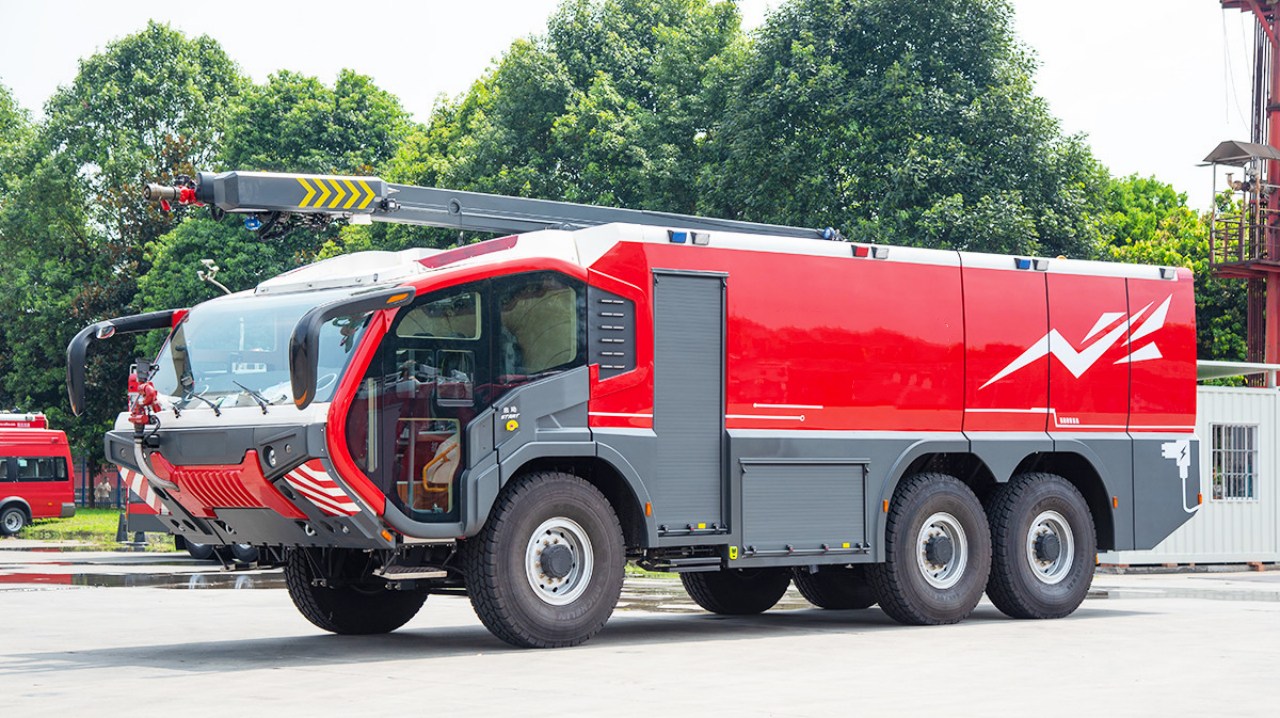When most people hear the roar of a siren and see flashing red lights racing down the road, they immediately think of a “fire truck.” But did you know that the term “fire vehicle” can refer to a wide range of specialized apparatus used by fire departments around the world? While “fire truck” is the most commonly recognized name, it is just one type among many fire service vehicles designed for specific purposes. This article dives deep into the world of fire vehicles, explaining their names, types, roles, and differences.
The Basics: Common Names for Fire Vehicles
The term “fire vehicle” is a broad umbrella encompassing all vehicles used by fire departments for emergency response, firefighting, rescue, hazardous material response, and more. The most commonly used names include:
- Fire Truck
- Fire Engine
- Ladder Truck
- Rescue Truck
- Tanker (or Water Tender)
- Brush Truck
- Command Vehicle
- HazMat Truck
Each of these names represents a specific type of fire vehicle with a unique function. Let’s break down what each of these means and how they differ from one another.
Fire Truck vs. Fire Engine: What’s the Difference?
In everyday conversation, people often use the terms fire truck and fire engine interchangeably. However, in the fire service world, they serve distinct purposes.
- Fire Engine (also known as a pumper):
A fire engine is primarily used for pumping water. It carries a water tank (typically between 500 and 1,500 gallons), a powerful water pump, hoses, and basic firefighting equipment like nozzles and ladders. Engines are typically the first to arrive at a scene because they are equipped to attack fires directly. - Fire Truck (also known as a ladder truck):
A fire truck is focused on support and rescue. It carries long, extendable ladders (aerial ladders), additional ground ladders, tools for forcible entry, ventilation equipment, and often personnel specialized in search and rescue. Some fire trucks may also carry a bucket or platform at the end of the ladder—these are called tower ladders or platform trucks.
Specialized Fire Vehicles and Their Roles
As fire departments have evolved to respond to a wide range of emergencies beyond structural fires, so too have the vehicles. Here are some of the more specialized fire vehicles and their functions:
1. Rescue Truck
A rescue truck is equipped with tools used in vehicle extrications, confined space rescues, and technical rescues. This may include the “Jaws of Life,” ropes, airbags, winches, and cutting torches. These trucks may not carry water or hoses.
2. Tanker or Water Tender
These vehicles are designed to carry large volumes of water, usually in rural or remote areas where fire hydrants are not available. A typical tanker might carry 2,000 to 4,000 gallons of water and has a quick-dump system to deliver water into portable tanks.
3. Brush Truck or Wildland Engine
Used for fighting wildfires, these smaller, agile vehicles can navigate off-road terrain. They typically carry water tanks, foam systems, and specialized tools like Pulaskis, rakes, and chainsaws.
4. Aerial Ladder Truck
This is a subcategory of the fire truck, designed specifically for high-rise rescues and roof operations. The ladder can extend up to 100 feet or more, and some models include a platform or “bucket” for safer access.
5. Quint (Short for Quintuple Combination Pumper)
A quint serves five functions: pump, water tank, fire hose, aerial ladder, and ground ladders. It combines features of both a fire engine and a ladder truck, making it versatile for departments with limited resources.
6. Command Vehicle
These are usually SUVs or pickup trucks used by senior fire officers to coordinate operations at the scene of an emergency. They are equipped with radios, command boards, and computers for communication and decision-making.
7. HazMat Truck
Short for “hazardous materials,” this vehicle carries equipment and suits used for identifying, containing, and cleaning up chemical, biological, radiological, or nuclear hazards. Firefighters who operate these trucks undergo special training.
International Variations in Fire Vehicle Names
Different countries and even regions within countries have varying terminology for fire vehicles. For example:
- In the UK, a fire engine is commonly referred to as a fire appliance.
- In Australia, it may be called a fire tender.
- In Germany, terms like Löschfahrzeug (firefighting vehicle) or Drehleiter (turntable ladder) are used.
The design and function of fire vehicles can also vary depending on local needs, terrain, and types of emergencies most commonly encountered.
The Evolution of Fire Vehicles
The earliest fire vehicles were horse-drawn wagons carrying hand pumps or water barrels. As technology progressed, the early 20th century saw the introduction of motorized fire engines with gasoline-powered pumps. Modern fire vehicles now feature advanced technology like:
- GPS and mobile data terminals
- Hydraulic rescue tools
- Thermal imaging cameras
- Compressed air foam systems (CAFS)
- Integrated communication systems
These improvements have made modern fire vehicles more efficient, safer, and better equipped for the diverse range of emergencies faced by today’s firefighters.
Final Thoughts: A Vehicle for Every Firefighting Mission
So, what is the name of a fire vehicle? It depends on what you’re looking at. The term “fire vehicle” covers a wide family of apparatuses, each tailored for a specific job—whether it’s putting out a house fire, rescuing people from a car crash, or tackling a wildfire in the mountains.
Understanding the different types of fire vehicles not only deepens our appreciation for the complexity of firefighting but also highlights the incredible coordination and training required to operate these machines in high-stakes environments.
Next time you see one flying past with lights blazing, you might look a little closer. Is it an engine? A truck? A rescue unit? Each one plays a critical role in keeping our communities safe.











